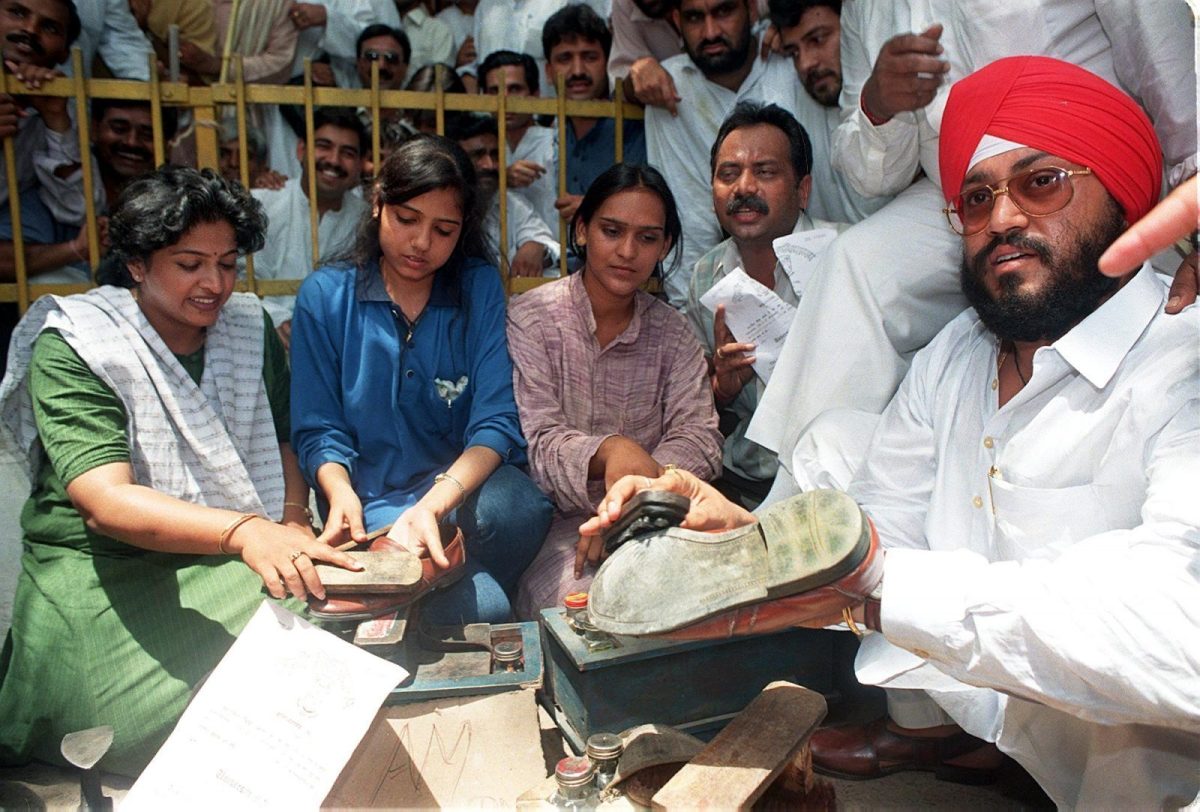[ad_1]
The Covid-19 pandemic has wreaked havoc on the economies of developed and developing countries alike. While many people were forced to stay at home during the initial phases of the pandemic, unemployment soared rapidly in sectors that require daily physical interactions and where teleworking was not a possibility.
Around the globe, these unemployed and underemployed people, and their dependent family members, were the most affected by the strong social measures introduced to battle the virus and its resultant economic impacts like the recession and reductions in production, consumption and investment.
With the unemployment rates in India hovering at 5.45% in November 2020 from a peak of 27.11% in May 2020, the full scale of the crisis is difficult to document, as around 90% of people work in the unorganized sector in “precarious†jobs or are self-employed.
Although the Mahatma Gandhi National Rural Employment Guarantee Scheme (MGNREGS), which subsidized food grains and cash transfers to farmers and women, has provided some degree of social security, the poor and marginalized communities still face the threat of disguised unemployment.
During the 2008 financial crisis it took larger firms an average of four years to return to normal level of GDP contribution whereas smaller firms took an average of six years. In India, of the 63.4 million micro, small and medium-sized enterprises, 99.5% are in the micro category and many of them are too small to be registered.
According to a World Bank Report, less than a third of the credit received by MSMEs in India came from the formal banking sector, with most firms depending on informal sources.
Being outside the formal economy implies that these smaller businesses even have difficulty accessing subsidies and other support from the government apart from the dearth of formal credit. These structural issues have also limited the impact of the fiscal measures implemented to support them during the ongoing crisis.
Vulnerable groups
The intensity of effects on vulnerable groups will be heightened as they are the most prone to inequality, and economic and health-related conditions.
These include older people and people with compromised immunities who are more prone to developing serious health conditions; women, who are overrepresented in the more affected service sectors and the care economy; migrant workers, with their inability to return to their place of work; and people who are self-employed or working in the gig economy with less access to paid leave and social protections like income supplements.
Another marginalized group is youth, who will be the worst-impacted group, socially and economically, in the aftermath of the pandemic for a variety of reasons.
First, a large proportion of them work in roles such as retail, hospitality, events, and other sectors that have been most affected by the pandemic. Second, many of them work in part-time or informal engagements that have low wages with no potential for savings, fewer benefits like paid leaves or pensions, and poor job security.
Third, they are less experienced and lack the networks that help their older colleagues retain employment during job cuts.
All these factors mean that young people are the first to lose their livelihood during a recession.
India, which has the world’s largest youth population, already faced a problem of oversupply in the job market. The unemployment rate for people with more educational qualifications is high, exhibiting the lack of quality jobs available to youth – which will worsen because of the pandemic, affecting their future earning potential.
The way forward
Expanding job guarantee programs like MGNREGS will help avert the unemployment crisis, providing prosperity to the working class. There should also be a targeted response to the unemployment crisis faced by youth, to prevent the waning demographic dividend from turning into a catastrophe by leaving the 1.3 million youth joining the workforce every month in India without adequate social or economic support.
Moving away from a flexible gig-based job market to one that provides more cushioning and social security will help protect workers in times of crises in the future.
With persistent inequality being a concern even before the pandemic, Covid-19 has only exacerbated the inequality in incomes, widening the gap within and amongst countries. In order to keep on track to meet Sustainable Development Goal 10, which promises to reduce inequalities, radical policy changes need to be implemented.
It has been almost a year since the beginning of the Covid-19 pandemic, which should highlight the need to avoid the negative consequences of long-term unemployment. There is a sustained need for inclusive large-scale policy measures that support job-creating enterprises and overall business environments.
This article was co-authored with Suyash Das, research assistant at the Observer Research Foundation, Kolkata.
[ad_2]
Source link










